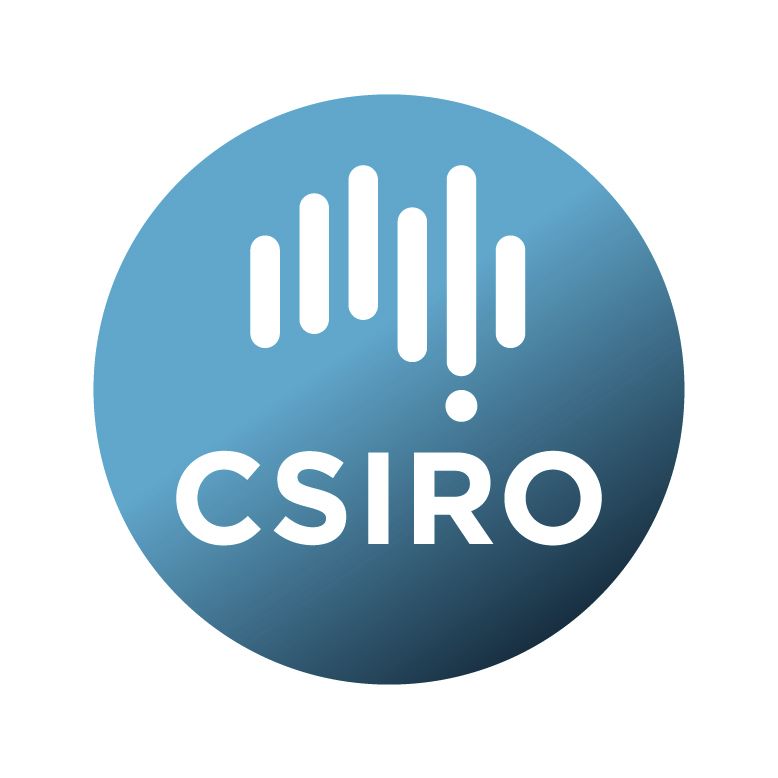Brief description
This dataset is a collection of 810 images of cotton leaf surfaces acquired with a hand-held microscope to develop deep learning models for leaf hairiness and assist Cotton breeders in their variety selection efforts. These images were collected from 27 genotypes grown across 2 seasons (2021-2022 and 2022-2023), one site (Australian Cotton Research Institute, -30.21, 149.60, Narrabri, NSW, Australia) and two growth conditions (Field [both years] and Glasshouse [2021-2022]). Genotypes have been anonymized to protect germplasm Intellectual Property.This dataset is being released together with our HairNet2 paper (Farazi et al 2024). See below for links to related Datasets and Publications.
Note: if you intend to use this dataset in conjunction with CotLeaf-1, then use the CotLeaf-1 Json file attached to this collection.
Lineage: Genotype Selection: A total of 27 Gossypium hirsutum Cotton genotypes were selected based on their known leaf hairiness. Genotypes were anonymised to protect germplasm intellectual property. For details refer to our HairNet2 paper.
Field experiments
Plants of the 27 genotypes were established in the summer growing seasons of 2021-22 and 2022-23 at the ACRI. Seeds of each genotype were planted on the 23rd of October 2021 and the 19th of November 2022, at planting density of 10 - 12 plants m-2 in rows spaced at 1 m. Each genotype was grown in a single 13 m row. The study region is semi-arid, characterised by mild winters, hot summers and summer-dominant rainfall patterns. The region has an annual average precipitation of 646 mm. The soil of the site is a uniform grey cracking clay (USDA soil taxonomy: Typic Haplustert; Australian soil taxonomy: Grey Vertosol). Plant available soil water to 1.2 m at the site is between 160 and 180 mm. The soil at ACRI is generally 60 to 65 per cent clay fraction, of low drainage rate, pH range of 8.0 to 8.8, and low in organic matter and nitrogen. Nitrogen was applied as urea approximately 12 weeks before planting at a rate of 240 kg N ha-1. Experiments were planted following an 11-month fallow period which was preceded by a winter wheat crop. Management for all field experiments followed current high-input commercial practices: fully irrigated conditions with careful weed and insect control. Plants were furrow irrigated every 10 to 14 d (approximately 1 ML ha-1 applied at each irrigation) from December through to March, according to crop requirements. Each experiment was managed according to its individual requirements for irrigation and pest control, with all plots receiving the same management regime.
Glasshouse experiment
Plants were grown in temperature-controlled glasshouses at the ACRI. About 15 seeds of each genotype were sown in 8 L plastic pots filled with soil on the 7th of November 2021. The soil was obtained from cotton fields at ACRI (see above). To improve the nutrient status of the potting mix 10 g of MULTIgro® (Incitec Pivot Fertilizers, Melbourne, Australia) basal fertiliser was dissolved into the soil before planting. MULTIgro® contains the nutrients N, P, K, S, and Ca at 13.1, 4.5, 7.2, 15.4, and 2.4 percent, respectively. A 10 mm layer of sand was added to the surface of the pots to reduce surface evaporation and assist
in seedling emergence. Once emerged seedlings had reached the three-leaf stage, pots were thinned to three plants per pot. Plants were grown at 18 °C night and 32°C during the day, under natural light conditions.
Leaf selection and imaging
During the 2021-22 season, leaf samples from these plants were collected on the 10th of January 2022 for the field experiment (at 11 weeks), and 11th of January 2022 for the glasshouse experiment (at 9 weeks). During season 2022-23, leaf samples from these plants were collected on the 23rd of January 2023 for the field experiment (at 9 weeks). For all these, Leaf 3 was harvested from 10 plants per genotype, placed
in a paper bag and imaged the same day using the same protocol and equipment as in. Only one image per leaf was collected, along the central midvein. The abaxial side of leaves were imaged at a magnification of about 31x with a portable AM73915 Dino-lite Edge 3.0 (AnMo Electronics Corporation, Taiwan) microscope equipped with a RK-04F folding manual stage (AnMo Electronics Corporation, Taiwan) and connected to a digital tablet running DinoCapture 2.0 (AnMo Electronics Corporation, Taiwan). The exact angle of the mid-vein in each image was not fixed. However, either end of the mid-vein was always cut by the left and right borders of the field of view, and never by the top and bottom ones.
Available: 2024-04-15
Data time period: 2021-01-01 to 2023-01-01
Subjects
Agricultural, Veterinary and Food Sciences |
Agronomy |
Artificial Intelligence |
Artificial Intelligence Not Elsewhere Classified |
Biological Sciences |
Computer Vision |
Computer Vision and Multimedia Computation |
Cotton |
Crop and Pasture Production |
Crop and Pasture Production Not Elsewhere Classified |
Crop and Pasture Protection (Incl. Pests, Diseases and Weeds) |
Deep Learning |
Gin trash |
Hair |
Hairiness |
Information and Computing Sciences |
Image Processing |
Leaf |
Machine learning |
Plant |
Plant Biology |
Plant Biology Not Elsewhere Classified |
Plant Developmental and Reproductive Biology |
Plant Pathology |
Plant Physiology |
Pubescence |
Trichome |
Whitefly |
Yield |
User Contributed Tags
Login to tag this record with meaningful keywords to make it easier to discover
Identifiers
- DOI : 10.25919/V0QB-ER50

- Local : 102.100.100/602123


